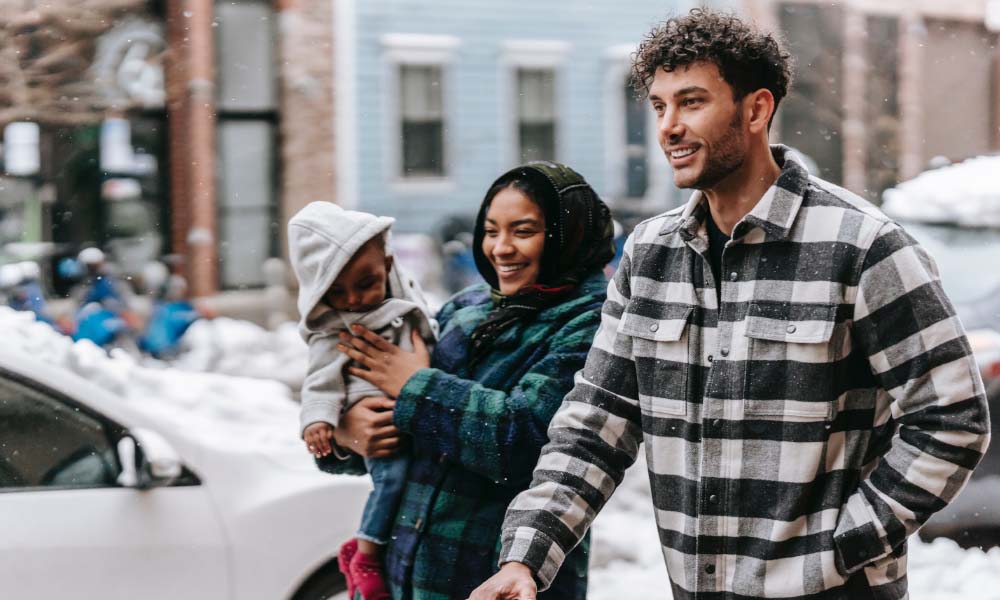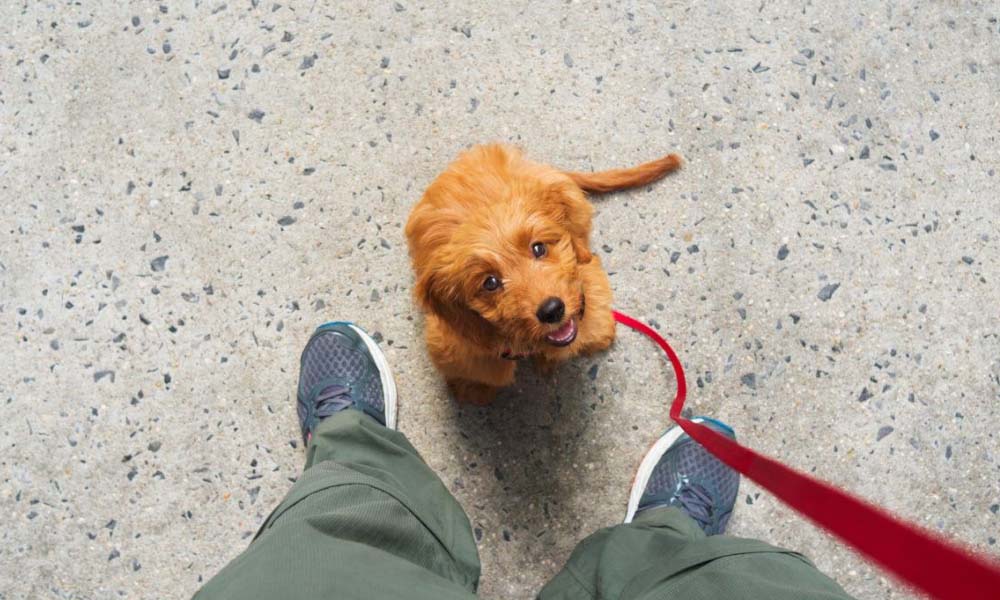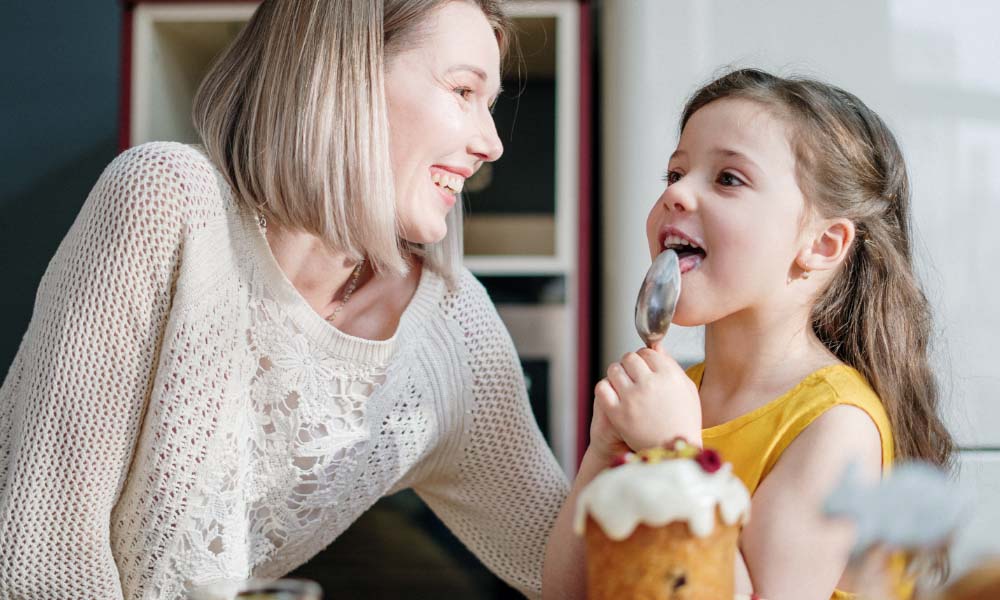The weather outside is frightful. Inside it’s pretty frightful too. My older kids are actually trying to climb the walls and the baby will only nap while in motion. Unfortunately, I can only pace up and down the hallway so many times before I start climbing the walls myself. We need to get outside, snow or no snow.
However, since we have a newborn in the house this year, I started to wonder if I should put our snow adventures on hold. Perhaps I should just relinquish my sofa to the kids and let it serve as a trampoline for the next four months while I hang out with the little one in the rocking chair.
I called my pediatrician to ask her opinion on taking babies out in cold weather. “The overall recommendation is we like to see kids playing outside year round,” said Dr. Venus Villalva, a pediatrician in snow-prone Helena, Montana. So no free pass on skipping the snowsuit battle this year. But with winter break temperatures forecasted in the single digits, I wondered how cold was too cold.
It’s difficult to put an exact temperature on when it's time to stay inside with babies and young children. The American Academy of Pediatrics (AAP) warns that playing in temperatures or wind chills below -15 Fahrenheit should be avoided because exposed skin can freeze within minutes. My pediatrician’s office doubled down on the importance of paying attention to the wind as it can penetrate clothing, even if the air temperature is warmer.
While -15 F may be far below what any parent finds enjoyable for a trip to the playground, young infants are even more susceptible to the cold. The AAP also notes that, “newborn infants are prone to hypothermia because of their large body surface area, small amounts of subcutaneous fat, and decreased ability to shiver.”
The benefits to heading outdoors in the winter – physical exercise for the whole family, fresh air, vitamin D, a good nap for the baby, not to mention preserving my furniture – mean bundling up and heading out. It's typically worth it, even if it requires a little extra planning.
The AAP (in addition to every winter fashion guide, as well as your own mother chasing after you with an extra scarf) recommends dressing babies and children in layers. How many layers exactly? The best recommendation is one more layer than you have on yourself.
The types of layers matter too. The conventional wisdom among winter outdoor enthusiasts is to go with three separate types of layers – wicking, warming, and weathering. A wicking layer of polyester, bamboo, or wool (that is, anything other than cotton) keeps sweat off of skin and reduces the chance of hypothermia. The warming layer (or layers) can simply be street clothes – sweatpants, sweatshirts, fleece. The weathering layer, like a snow or rain-suit, should be waterproof if your child will actually be playing in the snow. Look for ones that are long enough to keep snow from sneaking into ankles and wrists, a surefire way to cut any toddler’s outdoor excursion short.
Despite the fact that babies have more difficulty than older children regulating their body temperature, they are often easier to keep warm in the snow. Wearing the baby in a carrier means she can benefit from your body heat. Put on an extra-large coat around both of you to trap heat in. However, don’t forget that a sleeping infant is not moving her extremities, so extra care should be taken to keep hands and feet warm. And an infant will be less able than an older kid to communicate discomfort, so check her temperature frequently.
It’s time to head inside when you get uncomfortable. If you're cold, baby is also likely to be cold. For older kids, shivering, goosebumps, lethargy, and disorientation are signs of hypothermia and mean it’s time to seek warm shelter immediately. If skin is starting to look red, it’s also time to go warm up as it could be an early sign of frostbite.
After you make it back inside, check your baby’s belly, hands, and toes. Hands and toes should be cool – not cold or warm. His belly should be warm, not cool or hot. If belly, hands, and toes are too warm, it means he was likely overdressed for the weather. If they're chilly, warm him up and make a mental note to put on more layers next time.
What was the one piece of outdoor prep my pediatrician reminded me about repeatedly? Sunscreen. For babies older than six months, sunscreen is important even in the winter. Snow can reflect the intensity of the sun’s rays, making sunburn a possibility. Don’t forget sunglasses, either. Even babies can experience snow blindness. Keep an eye out for excessive blinking and crankiness.
Even if you spend more time bundling up than you do outside, it’s worth venturing out a few times every week. Older kids may beg to go build snowmen, but even infants and their parents benefit from a little fresh air and sunshine.
One thing is for certain – nothing makes hot chocolate taste better than a romp through the snow. And I’m guessing babies feel the same way about their milk, too.



